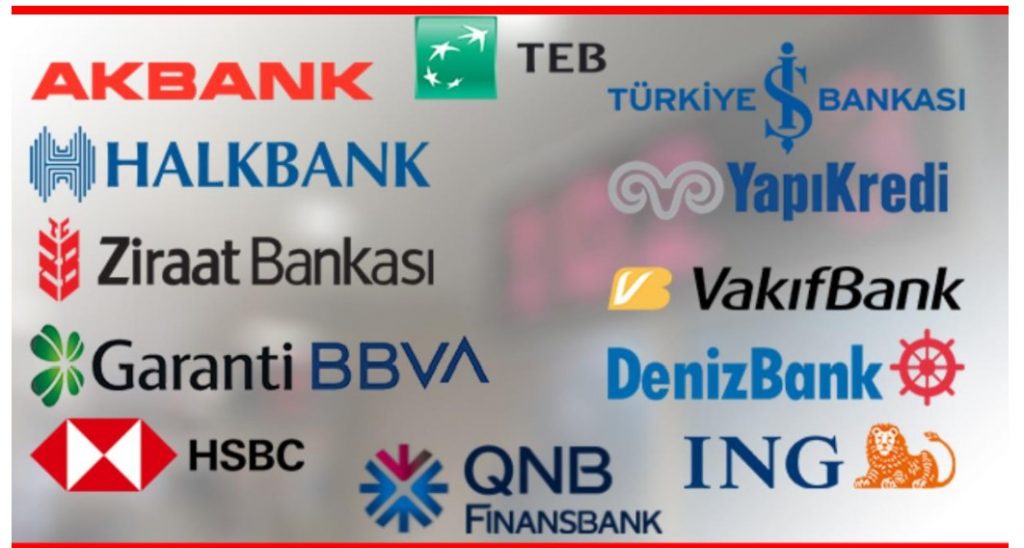What is new?
As of January 19, the aggregate banking sector balance sheet showed a net TL192.5bn increase in TL deposits since the introduction of FX-linked TL deposits on December 21. This is also while on January 13, the Treasury and Finance Minister announced that FX-linked deposits reached TL126bn and contributed c.15% to total deposit inflows since their introduction. The deposit schemes, which were initially introduced to individuals on December 21 post the sharp TRY depreciation and increase in dollarisation, were extended to corporates as of January 11, according to an official decree. Participants will be exempt from corporate income tax on gains under the new scheme.
According to latest CBRT data, marginal TL lending rates for commercial and consumer local currency loans stood at 24.5% and 26.5% as of January 14, respectively, while the weighted average cost of TL deposits stood at 17.7% (c.370bp above the benchmark rate). This is while loan-deposit spreads widened c.70bp in Dec-21 vs the Nov-21 average. We note that local currency loan spreads averaged c.8% as of January 14.
WATCH: Has Erdogan Averted a Currency Crisis? | Real Turkey
Implications
We update our estimates for the latest macro and banking sector trends, in particular inflation and meaningful Turkish Lira depreciation. The currency depreciation-led translation effect drives higher balance sheet growth and resultant RWA growth given that FX assets constitute 42% of total assets. The higher growth in RWA will impact capital for Turkish banks, and we estimate an average capital impact (excluding internal capital generation/management actions) of 150bp on average for Turkish banks driven by 33% depreciation during 4Q21.
We increase EPS estimates by 4% on average for 2021-25 on the back of higher net interest income expectations, which is partly offset by higher credit costs and expenses.
The increase in our net interest income expectations is mainly driven by: (1) higher balance sheet growth in Turkish Lira terms given the translation effect from weaker FX, and (2) higher net interest income contribution from CPI linkers given higher inflation expectations. We see an offset through higher inflation which will drive an increase in operating expense growth, while weaker FX and higher macro volatility can drive higher cost of risk, in our view.
Consistent with our approach, we mark to market our COE assumption, incorporating the c.100bp increase in bond yield over the last month with our base COE sitting at 23%. We acknowledge that the recent macro volatility may continue to translate into near-term volatility in stock prices. The increase in our EPS estimates (in Turkish Lira terms) and the roll forward of our valuations to January 2023 from November 2022 drives an average 7% increase in our price targets in Turkish Lira terms.
- We remain Buy on Akbank with a revised 12-month ROTE/COE based price target of TL8.4 (from TL7.6), implying c.19% total return potential inc. 2022E dividend yield.
- We are Neutral on Isbank, Yapi and Vakif with 12-month ROTE/COE based price target of TL6.8 (from TL6.06), TL3.51 (from TL3.07) and TL4.3 (from TL4.3) respectively.
- We are Sell rated on Halk. Our 12-month ROTE/COE based price target remains unchanged at TL3.4, implying c.32% downside potential.
- We are Not Rated on Garanti.
Follow our English language YouTube videos @ REAL TURKEY: https://www.youtube.com/channel/UCKpFJB4GFiNkhmpVZQ_d9Rg
And content at Twitter: @AtillaEng
